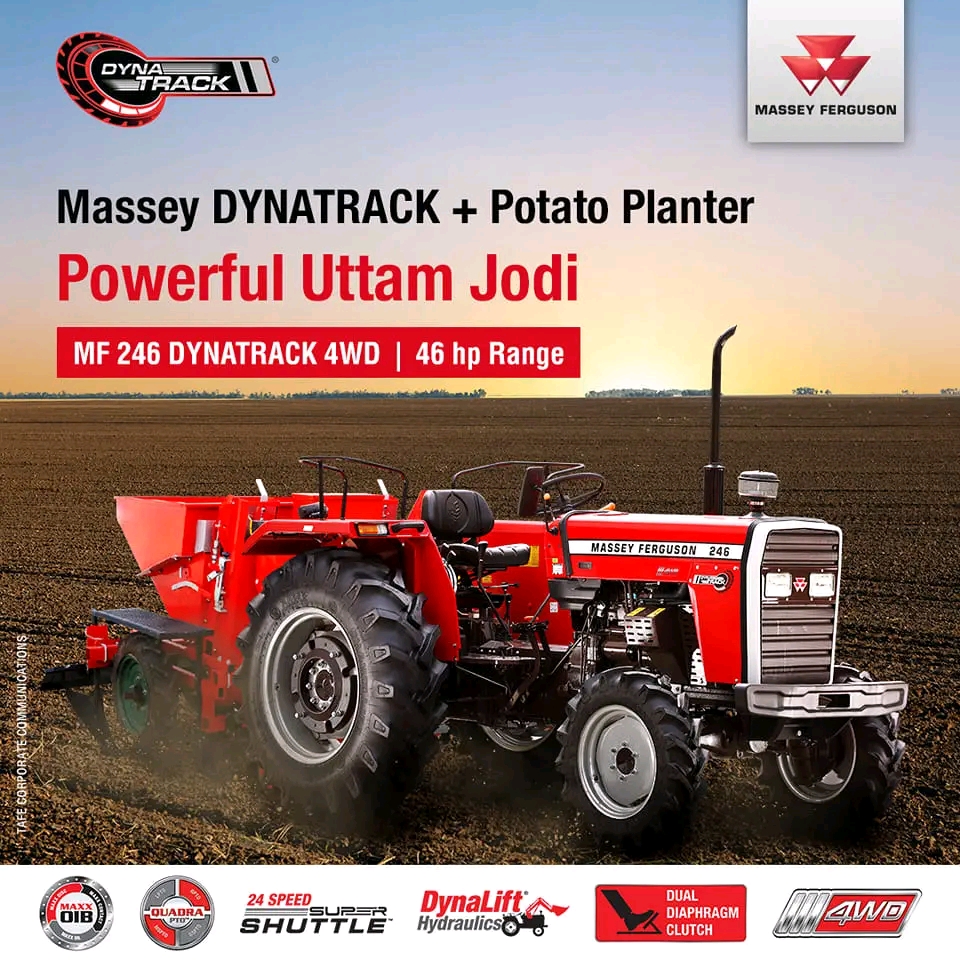Dr.Kuntal Satkar, Assistant Professor,
College of Agriculture and Research Station,
Gariaband, IGKV, Raipur.
Dr. Okesh Chandrakar, Assistant Professor,
College of Agriculture and Research Station,
Mahasamund, IGKV, Raipur.
Peri-urban landscapes have been described as one of the foremost planning challenges of the 21st century. Peri-urban landscapes are neither urban nor rural, but emergent, transitional and heterogenous landscapes extending from the edge of cities and towns. As landscapes, they contain multiple land-uses including agriculture, recreation and nature, alongside diffused urban development and infrastructure
Landscaping is to design and alteration of a portion of land by use of plant materials and land reconstruction. Landscape gardening is defined as the decoration of a tract of land with plants and other garden materials; so as to produce a picturesque and naturalistic effect in a limited space. The peri-urban is area between urban settlement area and their rural hinterland.
A peri-urban area is the most active zone of urbanization that is affected by the urban core being a zone of interaction between urban and rural. A peri-urban area refers to a transition or interaction zone, where urban and rural activities are juxtaposed, and landscape features are dynamic, subject to rapid modifications, induced by human activities, defined by population, built-up areas, infrastructure, administrative boundary etc. and home to a range of functions from agricultural production to attractive residential alternatives and recreational areas.
Peri-urbanisation related to those processes of dispersive urban growth that creates hybrid landscaped of fragmented urban and rural characteristics.
Examples :
Outskirts or hinterland at the surrounding area of city, urban space, landscape/area between rural and urban area, rural-urban transition zone are the examples of peri-urbanlandscping.
Considerations of Peri-urban landscaping:
1. Peri-urban landscaping helps to create a favourable salubrious and healthful environment, in urban areas.
2. Peri-urban landscaping serves as recreation areas for working people and contribute to the expressiveness of architectural ensembles.
3. Peri-urban landscaping helps in developing plans of gardens and parks, for this the dynamics of tree growth are taken into consideration, as well as the variation of the colour of tree tops with the seasons.
4. Peri-urban landscape is increasingly important for enabling population to become more physically active.
Schemes of Planting under Peri-urban landscaping:
1. Schemes for tree planting along Highways:
A. Front row of flowering trees and rear rows of utility trees: Front row should be planted with flowering trees of different species, each for 3–5 km and the subsequent rows should be planted with species of economic importance such as timber, fruit and fuel wood.
B. Mass effect of flowering trees : Flowering trees should be planted as large groups for about 0.5 km after every 5 km of plantation of economically important species. Such groups should be arranged alternately on both sides of the road. this will break the monotony of singly planted species.
2. For City Roads: Schemes wherever single row is to be planted
1. One kind of flowering tree on both sides:
In this scheme, when the trees come to bloom, there is riot of colour and the road looks beautiful for a particular period. However rest of the time the road looks dull. Maintenance is easy in this type of arrangement, e.g., Bauhinia variegata, Cassia nodosa, Lagerstroemia speciosa etc.
2. Two kinds of flowering trees blooming at one time on both sides:
In this scheme, the two species are planted alternately on both sides of the road and different colours at same time avoid monotony, e.g., Grevillea robusta (Yellow) - Jacaranda acutifolia (Blue),Cassia fistula (Yellow) - Delonix regia (Red), Cassia fistula (Yellow) - Cassia nodosa (Pink).
3. Two kinds of flowering trees blooming at different time on both sides:
In this scheme, one tree flowers in one part of the year and the other in another part of the year. Roads remain colorful for longer period, e.g., Cassia fistula (Yellow in May-June) - Jacaranda acutifolia (Blue in March-April), Grevillea robusta (April) - Swarna champa (may).
4. Shady trees only on both sides:
This type of arrangement is suitable for roads with heavy pedestrian traffic like approach roads of bus stops, railway stations and government offices, e.g., Ficus infectoria, Mimusops elengi, Alstonia scholaris etc.
IMPORTANCE OF PERI-URBAN LANDSCAPING
Peri-urban landscapes are important for
Ecosystem services
Peri-urban landscapes provide many ecosystem services, such as clean air and water, carbon sequestration, and agricultural production.
Recreation
Peri-urban landscapes offer many green spaces for nature recreation, which are difficult to find in cities.
Physical link
Peri-urban landscapes act as a physical link between urban and rural areas.
Expansion
As urban cores expand, peri-urban areas provide space for that expansion.
Natural resources
Peri-urban areas supply natural resources to cities, such as utilities and infrastructure services.
Well-being
Keeping peri-urban areas intact can contribute to the well-being of city dwellers.
CHALLENGES OF PERI-URBAN LANDSCAPING
Peri-urban landscaping can face a number of challenges, including:
Land use changes
As cities expand, peri-urban areas are often converted to housing, transportation, and other uses that have higher market values. This can lead to the loss of productive soils and the fragmentation of agricultural systems.
Environmental degradation
Peri-urban areas can experience pollution of air and water resources, increased runoff, and flooding.
Conflicts between farmers and other water users
Peri-urban areas can experience conflicts between farmers and other water users.
Social relationships
The disjuncture between city and country can negatively impact the social relationship between the two.
Biodiversity
Transforming agricultural land into public green spaces can threaten biodiversity.
Recreational potential
Intensifying agricultural activities can reduce the recreational potential of seminatural landscapes.
The peri-urban is a zone of social and economic change and spatial restructuring, while in newer industrializing countries, and most of the developing world, the peri-urban is often a zone of chaotic urbanization leading to sprawl and has a higher dependence on rural activities for wealth and employment (in agriculture, mining and fisheries) than developed countries, thereby exerting a greater pressure on the biophysical landscape.











0 Comments